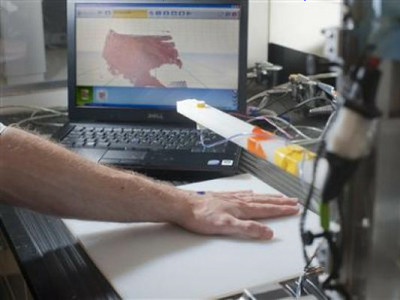Succeeded in making heart using 3D printer and human cells for the first time in the world

A research team at
Tel Aviv University Scientist Print First 3D Heart Using Patient's Own Cells
https://www.breakingisraelnews.com/126504/first-3d-heart-using-patients-cells/
Tel Aviv University scientists print first 3D heart using patient's biological materials | EurekAlert! Science News
https://www.eurekalert.org/pub_releases/2019-04/afot-tau041519.php
The following movie, published by the Israeli official YouTube channel, shows you how to actually print 3D hearts.
Israeli scientists unveil world's first 3D-printed heart-YouTube
This is the world's first artificial heart made of human cell tissue and a 3D printer.
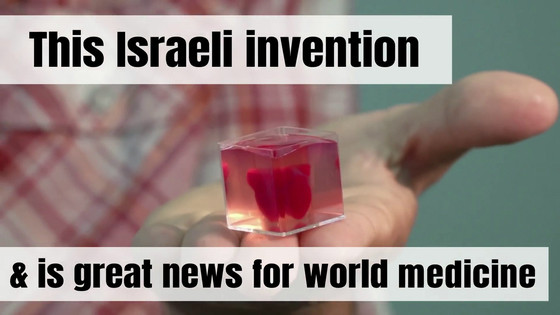
As for the trial stage, the size is still about the size of a rabbit heart. 'The larger human heart can be made with the same technology,' said
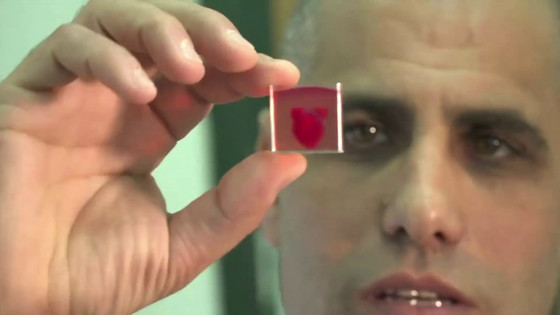
The heart created by Professor Dvir is made of patient-specific cells and biomaterials. One effective treatment for heart disease is heart transplantation, but heart transplantation inevitably suffers from donor shortages because the heart can not be provided by a living person. In addition, even if transplants are received, the
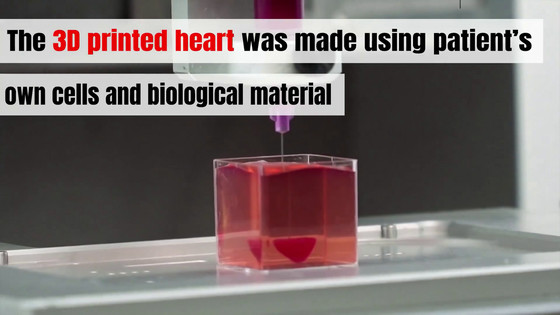
However, using a patient's own cells and biomaterials for output on a 3D printer dramatically reduces the risk of rejection even when transplanted into a patient. In addition, it is expected that the heart transplant procedure can be performed promptly because there is no need to wait for the appearance of donors.
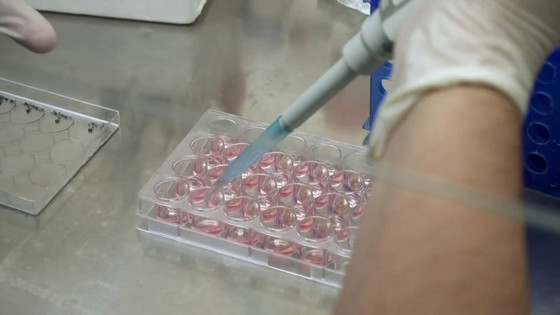
According to Professor Dvir, biomaterials such as collagen and glycoproteins and cells are separated from adipose tissue collected from patients, and the biomaterial functions as an ink for printing while the cells are reprogramming to become stem cells. To be processed into a hydrogel form. Cells are mixed with hydrogels to differentiate into cardiac cells and endothelial cells, and 'print' the heart with the blood vessels that is compatible with the patient's immune system.

'We need to develop the heart printed by 3D printer more. The heart created at this point can contract, but we need to play the role of a pump that pumps blood to the whole body. We hope to prove the effectiveness and usefulness of successful artificial heart creation methods, probably within 10 years, with hospitals around the world installed a 3D printer that can print tissue, and these treatments are routinely performed It will be realized, ”said Professor Dvir.
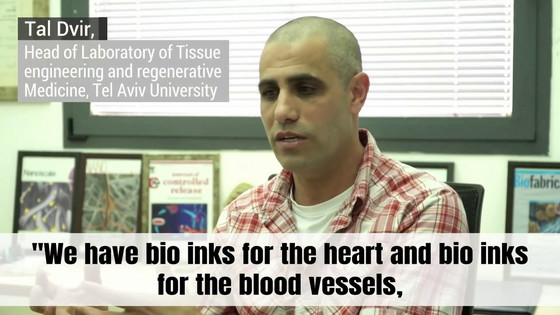
Related Posts:






